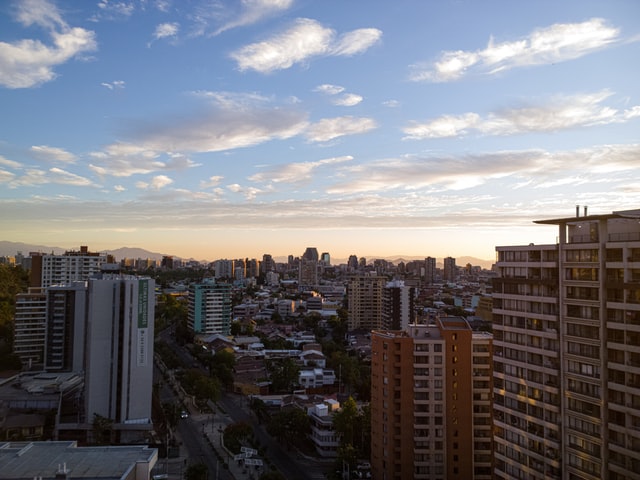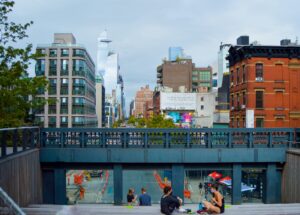Public spaces and public life in South American cities are dominated by car-oriented planning. Organisations like Chile-based Ciudad Emergente aim to change this through tactical urbanism.
Mobility patterns like those of Santiago de Chile, where about a third of the population use private cars as the main transport mode, are a trend replicating across many other Latin American cities: in Lima, 51 per cent of people spend over two hours in traffic jams daily; in Mexico City, people spend an average of 18 days a year stuck in traffic. In the same vein, the vibrancy of public spaces as hubs of community life is under threat. Decades ago, children and families might have made use of the space in a different fashion, such as playing football in the streets, picnics in the plazas or storytelling time between family members and communities, but now streets are congested thoroughfares or empty pavements used as parking lots.
As the Danish urbanist Jan Gehl notes, if we design streets for cars, we end up with streets taken by cars. Cities in Latin America face the both challenge of how to revert this trend, and of how to revalue our cities. But this picture of car-centric cities does not fully represent the positive efforts underway in many municipalities that are revitalising public spaces and taking advantage of community participation in the process. How exactly are they doing it?
Tactical Urbanism’s Moment?
In the last decade, South American cities have deployed the concept of tactical urbanism to transform public spaces into more equitable and just landscapes. Initiated about a decade ago by the so-called Next Generation of New Urbanism, led by the Street Plans Collaborative, tactical urbanism uses short-term actions to leverage long-term changes.
Read the full article on Urbanet
Author: Javier Vergara Petrescu
Recommended by Luisa Bravo











More Stories
Complete Streets in Brazil – Promoting a Paradigm Shift
UVA de Villa Hermosa in Medellín, Colombia
Grand Canal Linear Park / 128 architecture and urban design